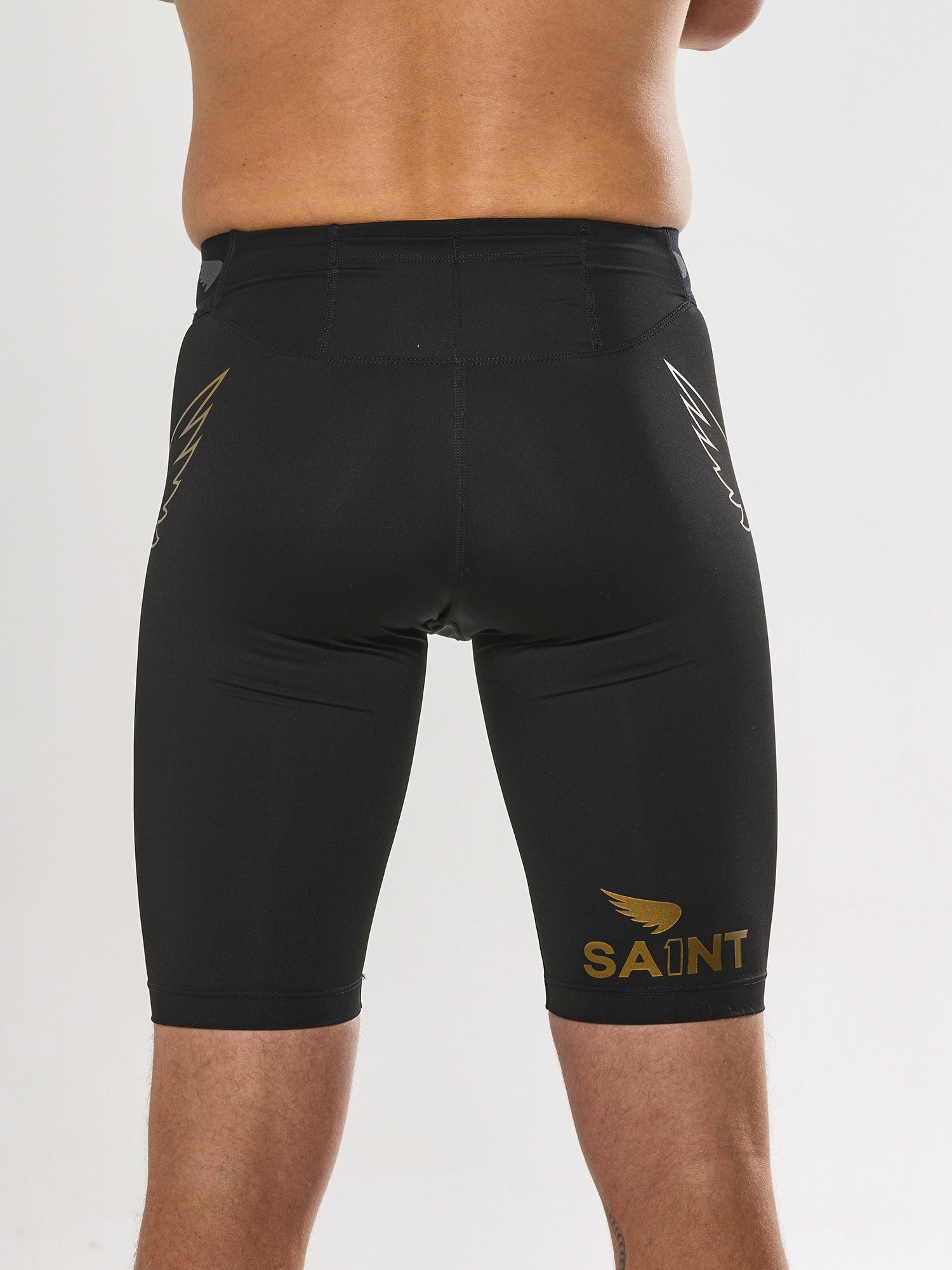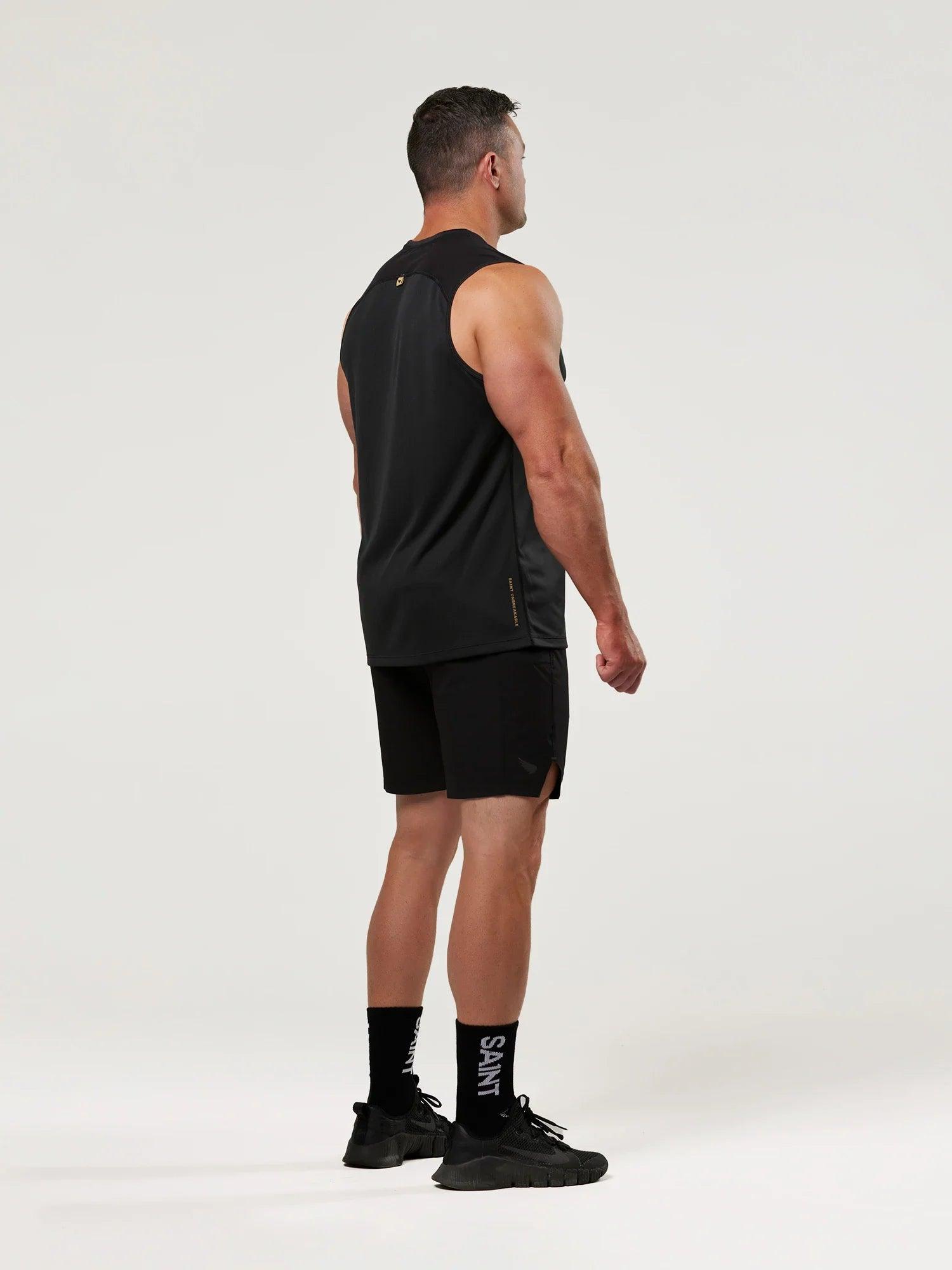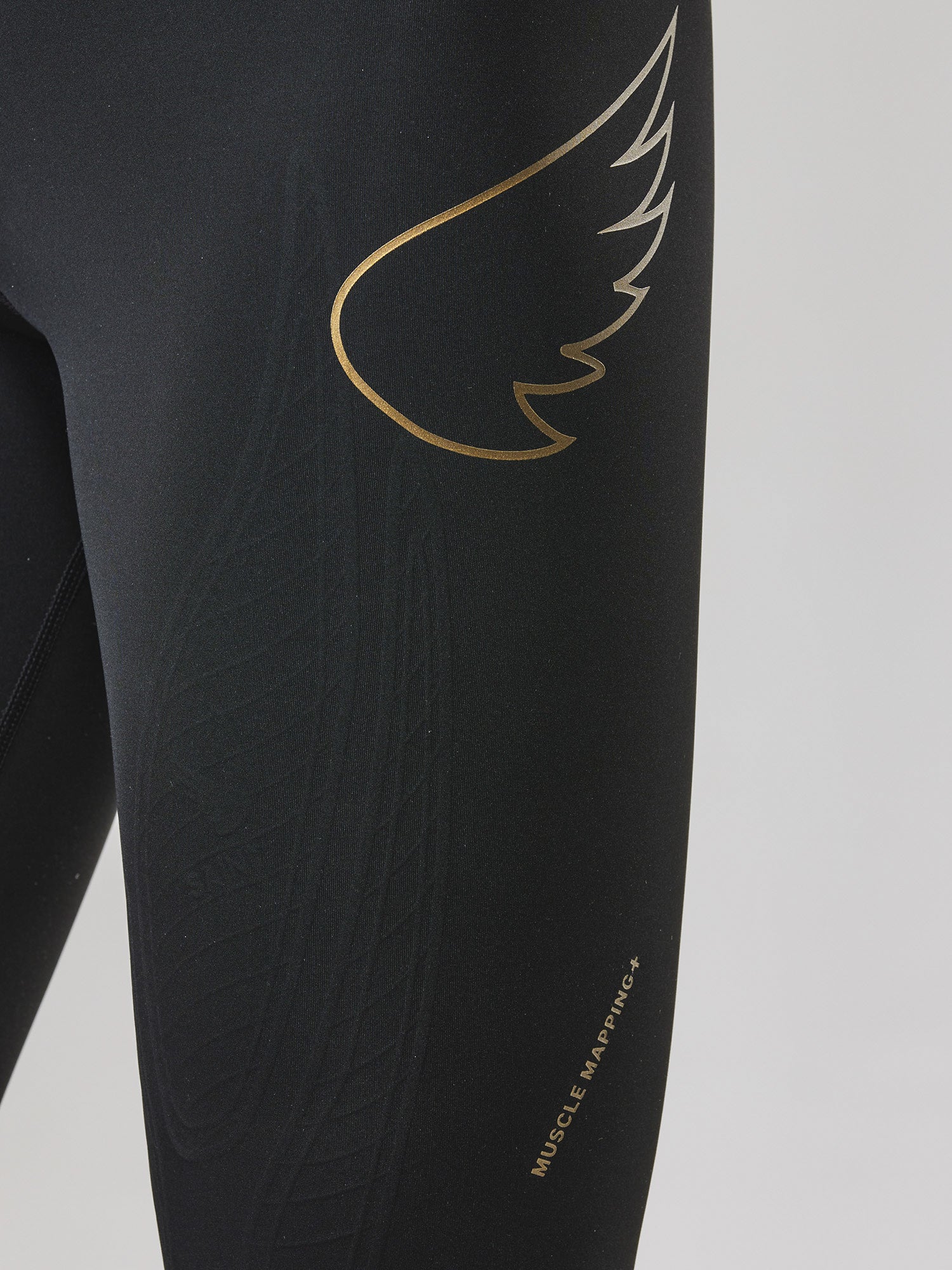On leg day it's tempting to head straight to the squat rack, but you'd be selling yourself short by skipping the warm up. A leg warm up will improve your overall mobility, decrease your chance of picking up an injury and actually increases your performance during a workout.
So if you plan on growing those leg muscles, a warmup will get you in the best possible position to smash out that next leg workout. Whatever your fitness level is, anyone can level up their leg day workout by following the advice mentioned here.
Keep reading and we'll run through all the benefits of warming up on leg day, and some of the best warm up exercises you can add to your routine.
Why a Leg Warm-Up Is Important for Every Workout
Effectively warming up is a critical part of any workout, but this goes especially true for leg-heavy workouts. Our leg muscles can be quite injury prone. Think of how often you hear about athletes picking up leg injuries compared to the rest of their body.
Warming up is necessary for injury prevention, but it's also a key step in boosting your performance. According to a 2018 study, athletes who warmed up before exercise demonstrated a marked improvement in exercise performance as well as reducing their risk of injury to their muscles and tendons.
Warming up isn't just limited to weight training either. Leg-heavy cardio activities like running and cycling also require effective warm ups to maximise results. Any time you're activating all the leg muscles in your body, you should be preparing them beforehand.
Why do you need a leg warmup
So what does warming up actually do to your body? For starters, a leg day warm up increases your heart rate and will increase blood flow to your muscles. This means that oxygen is delivered more effectively to your muscles, making them more efficient and ready to tackle that day's workout.
A good warmup will also activate specific muscle groups that will be engaged during leg exercises. Dynamic movements like leg swings and lunges can help prepare the specific muscles used during a workout, priming them for action and ready to be used as effectively as possible.
Warming your muscles will also help to increase their elasticity. Elastic muscles are much less likely to be strained or torn during a workout. Your joint mobility increases as well, decreasing the risk of joint injuries like sprains and strains.
Adjust Your Leg Day Routine
A good warmup routine is one that gets your body ready for the specific workout that you'll be doing. Think about the key muscles that you'll be engaging and try to find exercises that will get them ready for a tough session.
You can start off by doing 5-10 minutes of light walking or cycling to get your muscles moving and your blood flowing. Next, try some full-body stretches to get your muscles feeling ready for some exercise. Movements like downward facing dog, cat-cow and thread the needle all use a full range of motion.
Now you can start movements that engage specific leg muscles relating to that day's exercises. Priming specific areas of your lower body will get them nice and ready for the beating you're about to put them through.
Duration and Timing
The duration of your warmup will depend on both your own fitness level and the workout you're about to take on. As a general rule, 5-10 minutes is long enough to get yourself ready for a standard leg workout.
You might want to spend 5-10 minutes warming up on the treadmill and then move on to 5-10 minutes of stretching, which is totally fine. Just don't let things get out of hand. If you spend half an hour just getting ready for a workout, it's going to feel like you're spending half your day at the gym.
Leg Warm-Up Exercises for Maximum Benefits
Leg Swings

This is a great exercise to get some early movement into your legs. Stand upright and grab something stable with your right hand to support yourself. Stand tall with your back straight and chest out.
Start by raising your left leg as high as you comfortably can in front of your body, while keeping your right leg locked straight.
Now swing your left leg back behind you as far as it will comfortably go, while still keeping your right leg straight. Perform this movement ten times, then switch legs and repeat.
High Knees
Another excellent exercise for muscle movement. Your starting position will be standing up straight with your arms by your sides.
Start running in place, raising your left knee and right knee to chest level and swinging your arms backwards and forwards at a brisk pace. Keep it up for about 30 seconds.
Bodyweight Squats
There's nothing like a squat to prepare your core and leg muscles. Stand with your feet a touch wider than shoulder width apart and your toes pointing slightly out. This will look a little bit different for everyone because our bodies aren't all exactly the same. Just make sure that you start in a comfortable standing position.
Now brace your core and upper body. This involves tightening your abs, rolling back your shoulders and keeping your chest upright. Your core will be engaged throughout the entire movement.
As you lower down, don't start by bending your knees. Instead, start the movement by sticking out your butt first and then you can bend your knees.
Aim to get your butt just lower then your knees, or whatever feels comfortable. It's a warmup after all, so now isn't the time to be pushing your body. Aim for about 10 reps.
Walking Lunges
Another great movement to engage your core and leg muscles. Start with your feet shoulder width apart and your knees slightly bent. As you bring your leg forward, try to hold movement for a brief moment before coming back up.
If you're at the gym during rush-hour and space is tight, you can alternate by doing lunges on the spot instead. Go for 10 reps on each side.
Gradual Intensity Increase
Like any stretching routine, the goal should be to gradually increase the intensity of your warmup. So start with some light, easy movements and slowly increase the pace until your body is fit and firing.
As discussed above, some people like to start their leg days with 5-10 light minutes on the treadmill or bike before they begin stretching. Exercises like leg swings and high knees are some examples of light movements that you can also use to kick off a stretching routine.
Stretching Techniques for Flexibility
So what about stretches for overall flexibility? This is where we have to define the difference between static stretching and dynamic stretching.
Static stretches: Fixed movements that you hold for about 15-30 seconds. Good for flexibility and overall mobility. Best performed separate from exercise, like in the morning. Quadriceps hold, knee-to-chest are some examples.
Dynamic Stretches: Fluid movements that engage a full range of motion. These are best performed before exercise to warm your body up. Leg swings, high knees are some examples.
Read more about the difference between these two types of stretches here: MORNING STRETCHES FOR RUNNERS
Conclusion
Adding a warm up is a great way to take your leg day to the next level. It prevents injury and prepares your body to give 100% during a workout.
Remember to tailor a warmup to the specific exercises that you'll be doing, and don't take on more that what your body is ready for. Check our blog regularly for more great workout tips so you can continue to up your own game.
FREQUENTLY ASKED QUESTIONS
WHY IS A PROPER LEG WARM-UP ESSENTIAL BEFORE ENGAGING IN ANY LEG-FOCUSED EXERCISE OR WORKOUT ROUTINE?
So why exactly is a proper leg warm-up essential before engaging in any leg-focused exercise or workout routine? Properly warming up your legs is crucial for both preventing injuries and maximising your workout performance. By engaging specific leg muscles, you increase their elasticity and joint movement, decreasing the chance of a strain or sprain. Properly preparing your muscles will also allow them to perform at their very best. By increasing blood flow, the amount of oxygen being delivered to your muscles greatly improves, allowing them to go harder for longer.
WHAT ARE THE KEY BENEFITS OF INCORPORATING DYNAMIC MOVEMENTS IN YOUR LEG WARM-UP ROUTINE, AND HOW DO THEY CONTRIBUTE TO BETTER PERFORMANCE?
Another important point is the key benefits of incorporating dynamic movements in your leg warm-up routine, and how they contribute to better performance. Dynamic movements, unlike static movements, use a full range of motion and require continuous movement. Unlike static stretches, which are held for 15-30 seconds, dynamic movements help prepare your body for a rigorous workout by increasing blood flow and warming up your muscles for increased elasticity.
CAN YOU EXPLAIN THE SCIENCE BEHIND HOW A LEG WARM-UP INCREASES BLOOD FLOW AND IMPROVES MUSCLE FUNCTION?
We'll briefly explain the science behind how a leg warm-up increases blood flow and improves muscle function. Basically, warming up increases your heart rate, which in turn increases the rate at which blood is flown through your body. This increased rate of blood flow means that oxygen can be delivered much more efficiently to your muscles, which increases their levels of endurance and overall performance. Warming up your muscles also increases their elasticity, making them more pliable and less prone to strains and tears. As your body temperature increases during a warm up the synovial fluid production in your joints also increases, which lubricates the joints and reduces friction. This allows for smoother movement and reduces the likeliness of joint injuries.





































